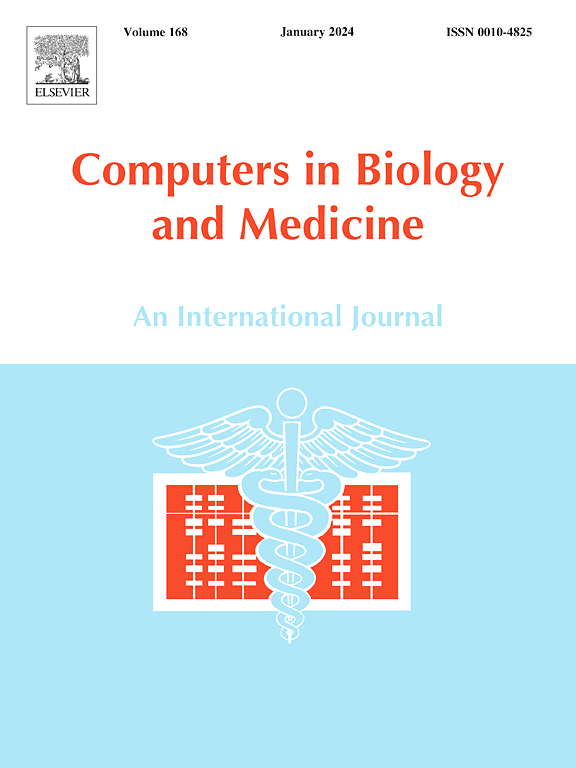Neuro_DeFused-Net: A novel multi-scale 2DCNN architecture assisted diagnostic model for Parkinson's disease diagnosis using deep feature-level fusion of multi-site multi-modality neuroimaging data
IF 7
2区 医学
Q1 BIOLOGY
引用次数: 0
Abstract
Background
Neurological disorders, particularly Parkinson's Disease (PD), are serious and progressive conditions that significantly impact patients' motor functions and overall quality of life. Accurate and timely diagnosis is still crucial, but it is quite challenging. Understanding the changes in the brain linked to PD requires using neuroimaging modalities like magnetic resonance imaging (MRI). Artificial intelligence (AI), particularly deep learning (DL) methods, can potentially improve the precision of diagnosis.
Method
In the current study, we present a novel approach that integrates T1-weighted structural MRI and rest-state functional MRI using multi-site-cum-multi-modality neuroimaging data. To maximize the richness of the data, our approach integrates deep feature-level fusion across these modalities. We proposed a custom multi-scale 2D Convolutional Neural Network (CNN) architecture that captures features at different spatial scales, enhancing the model's capacity to learn PD-related complex patterns.
Results
With an accuracy of 97.12 %, sensitivity of 97.26 %, F1-Score of 97.63 %, Area Under the Curve (AUC) of 0.99, mean average precision (mAP) of 99.53 %, and Dice Coefficient of 0.97, the proposed Neuro_DeFused-Net diagnostic model performs exceptionally well. These results highlight the model's robust ability to distinguish PD patients from Controls (Normal), even across a variety of datasets and neuroimaging modalities.
Conclusions
Our findings demonstrate the transformational ability of AI-driven models to facilitate the early diagnosis of PD. The proposed Neuro_DeFused-Net model enables the rapid detection of health markers through fast analysis of complicated neuroimaging data. Thus, timely intervention and individualized treatment strategies lead to improved patient outcomes and quality of life.
求助全文
约1分钟内获得全文
求助全文
来源期刊

Computers in biology and medicine
工程技术-工程:生物医学
CiteScore
11.70
自引率
10.40%
发文量
1086
审稿时长
74 days
期刊介绍:
Computers in Biology and Medicine is an international forum for sharing groundbreaking advancements in the use of computers in bioscience and medicine. This journal serves as a medium for communicating essential research, instruction, ideas, and information regarding the rapidly evolving field of computer applications in these domains. By encouraging the exchange of knowledge, we aim to facilitate progress and innovation in the utilization of computers in biology and medicine.
 求助内容:
求助内容: 应助结果提醒方式:
应助结果提醒方式:


